How One Student Is Using TikTok to Break Down Walls in the Art World
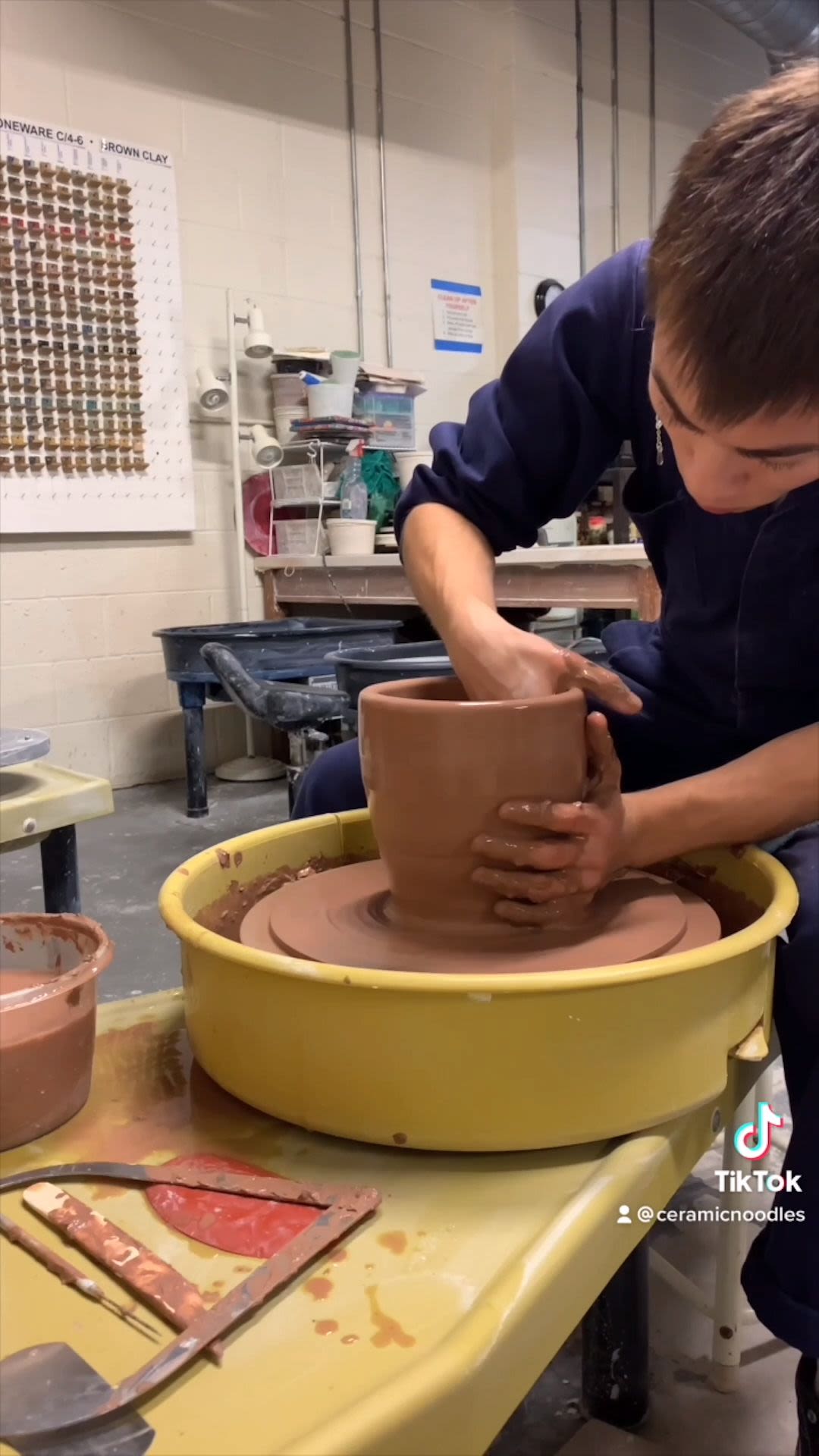
by Ishani Synghal (MFA 2021)
When a family tragically lost one of their children, they reached out to a community studio in Michigan to commission a funeral urn. For the design, they asked that it mirror an urn from the anime Naruto. School of the Art Institute of Chicago (SAIC) student Micah Sweezie (BFA 2022), a member of the studio, earnestly volunteered to fulfill their request.
“All of my peers in this studio … didn’t know what anime or Naruto was, so I volunteered myself as I felt best fit to accept this commission to honor this child,” Sweezie said. Sweezie posted a video on TikTok about their experience creating the urn, which found unexpected resonance amongst the app’s community.
In the video, Sweezie takes the viewer through their process—cutting the clay, shaping it, and glazing it—and talks about the significance of the object. “I think there is a beauty in the objects and art we use to extend the existence and memory of those around us that have passed,” they share in the video.
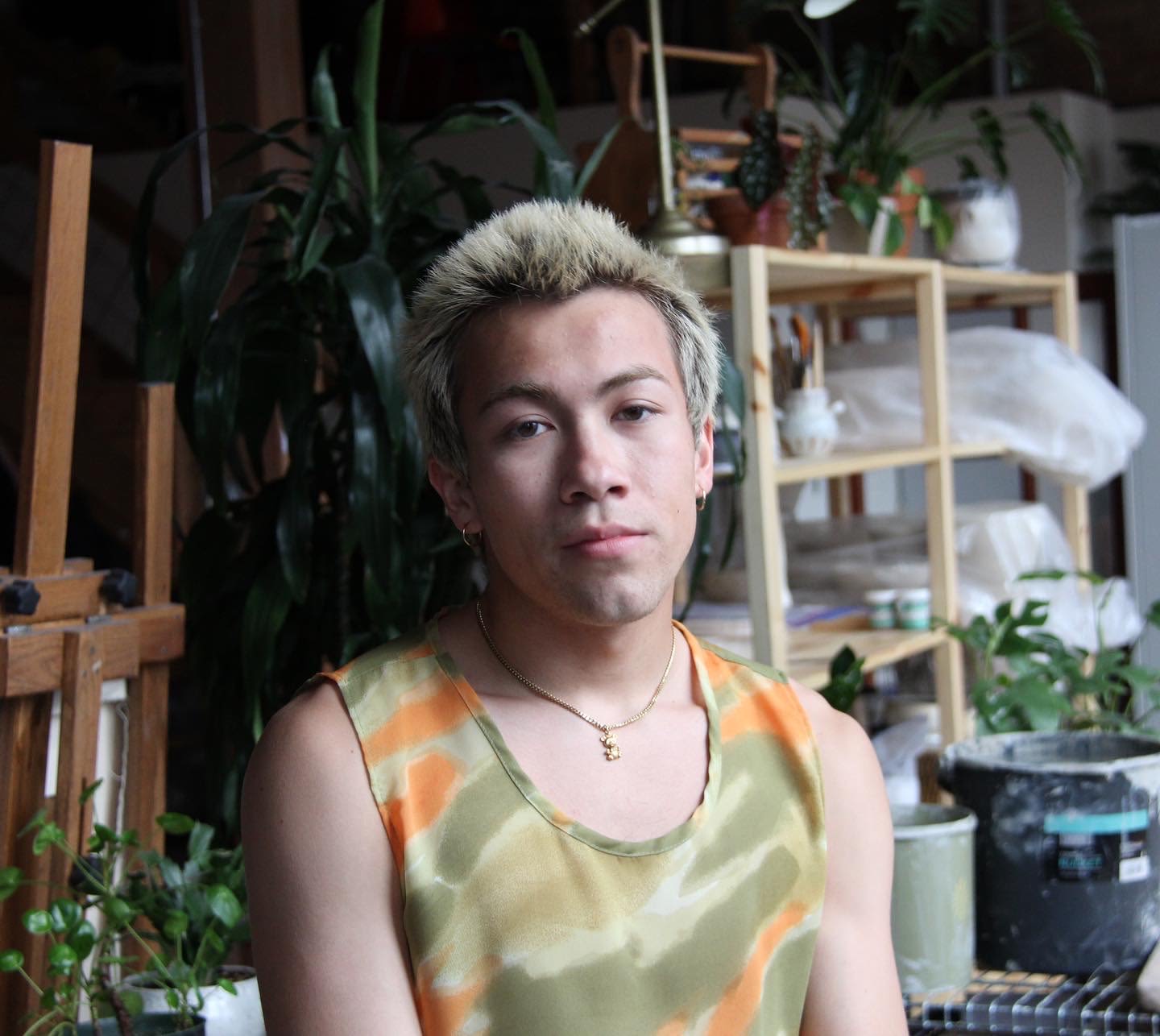
Micah Sweezie. Photo courtesy of the artist
Micah Sweezie. Photo courtesy of the artist
When they posted it to TikTok, they had no idea the response they would get. Over the next several days, it received more than 18 million views.
This wasn’t the first time Sweezie had posted about their art. TikTok is an important platform for their practice. It has not only allowed Sweezie to connect with other artists and potential collaborators, it’s also changed how they think about accessibility and the exhibition and performance of art. “TikTok has reshaped how accessible and consumable my art practice is and who specifically my audience is,” they said. “I hope to impact individuals with my art within and outside exhibition spaces.”
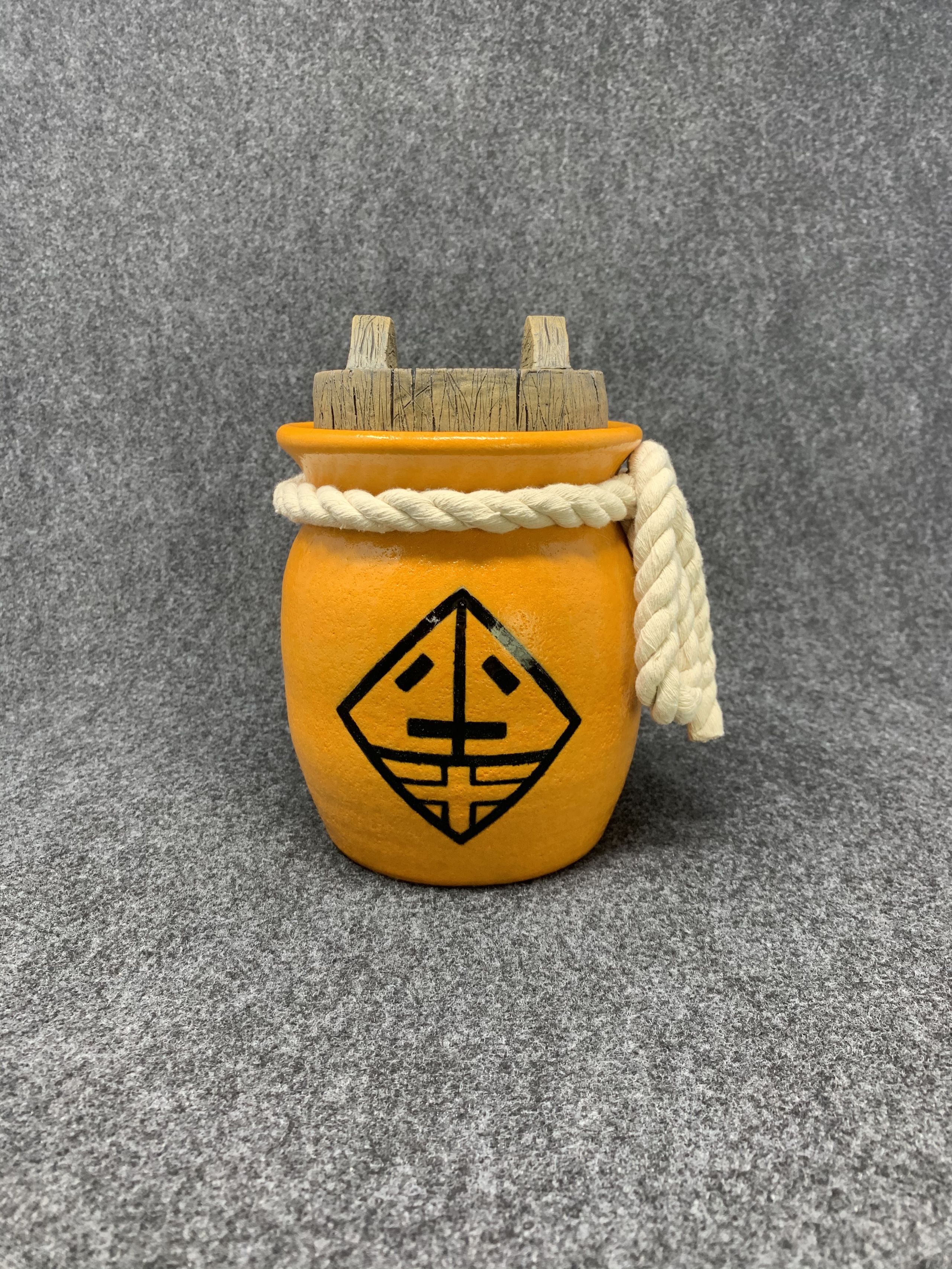
The urn Sweezie created. Photo courtesy of the artist
The urn Sweezie created. Photo courtesy of the artist
“TikTok has reshaped how accessible and consumable my art practice is and who specifically my audience is.”
Born in America, Sweezie spent the first few years of their life living in Vietnam. Sweezie and their family then moved to Michigan, and they attended Kalamazoo Valley Community College before transferring to SAIC.
Sweezie’s roots and identity are central to their practice. “It is more than just clay,” they shared. Their work contends with what it means to be Asian American in the context of colonialism, memory, race, gender, appropriation, sex, and the power of storytelling. “I feel like what makes my art mine is its recognizable iconography crossed with queer-coded, kitsch functionality.”
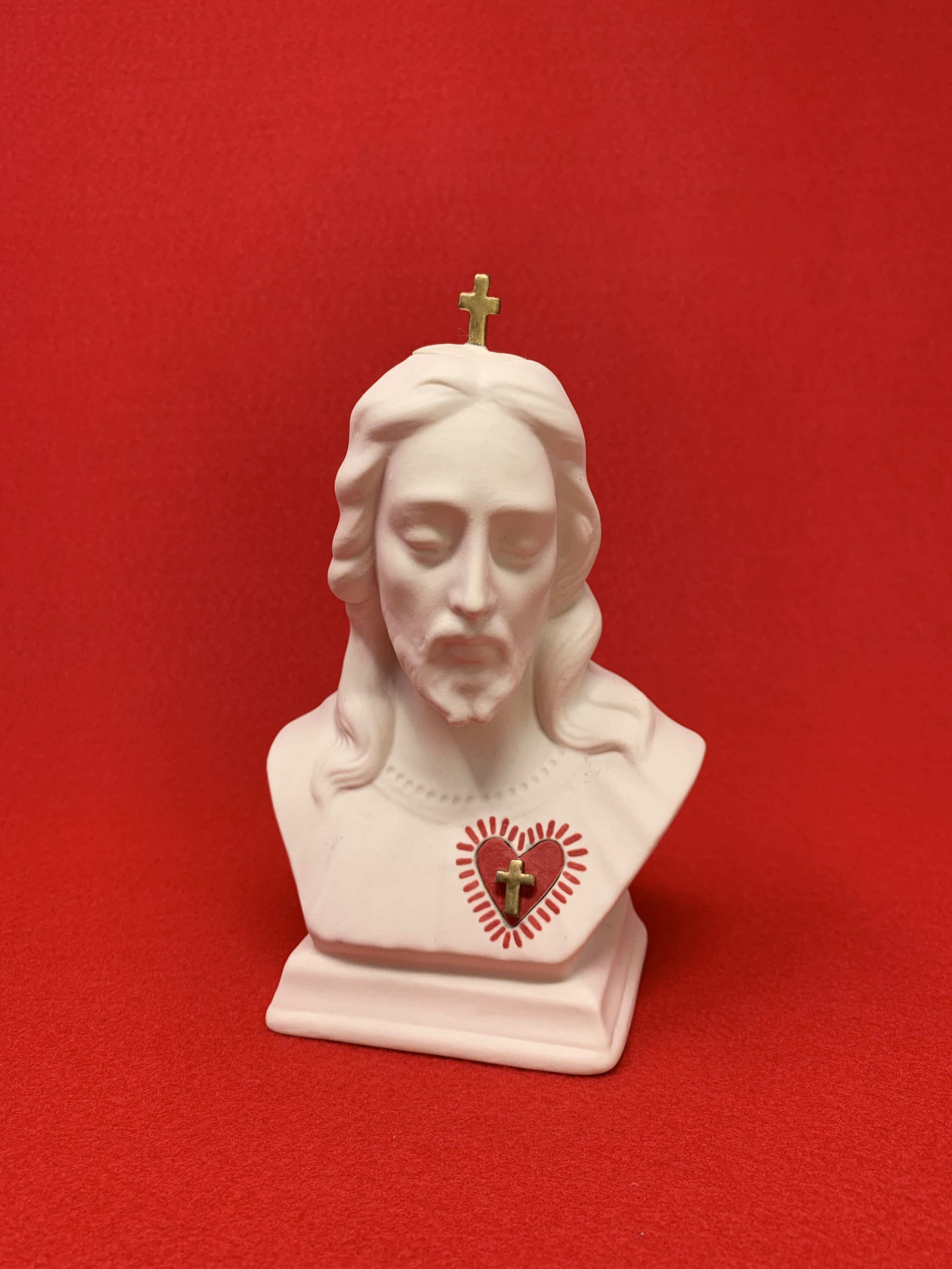
Micah Sweezie, (Please) Pray For Me, 2020, porcelain, underglaze, and gold luster.
Micah Sweezie, (Please) Pray For Me, 2020, porcelain, underglaze, and gold luster.
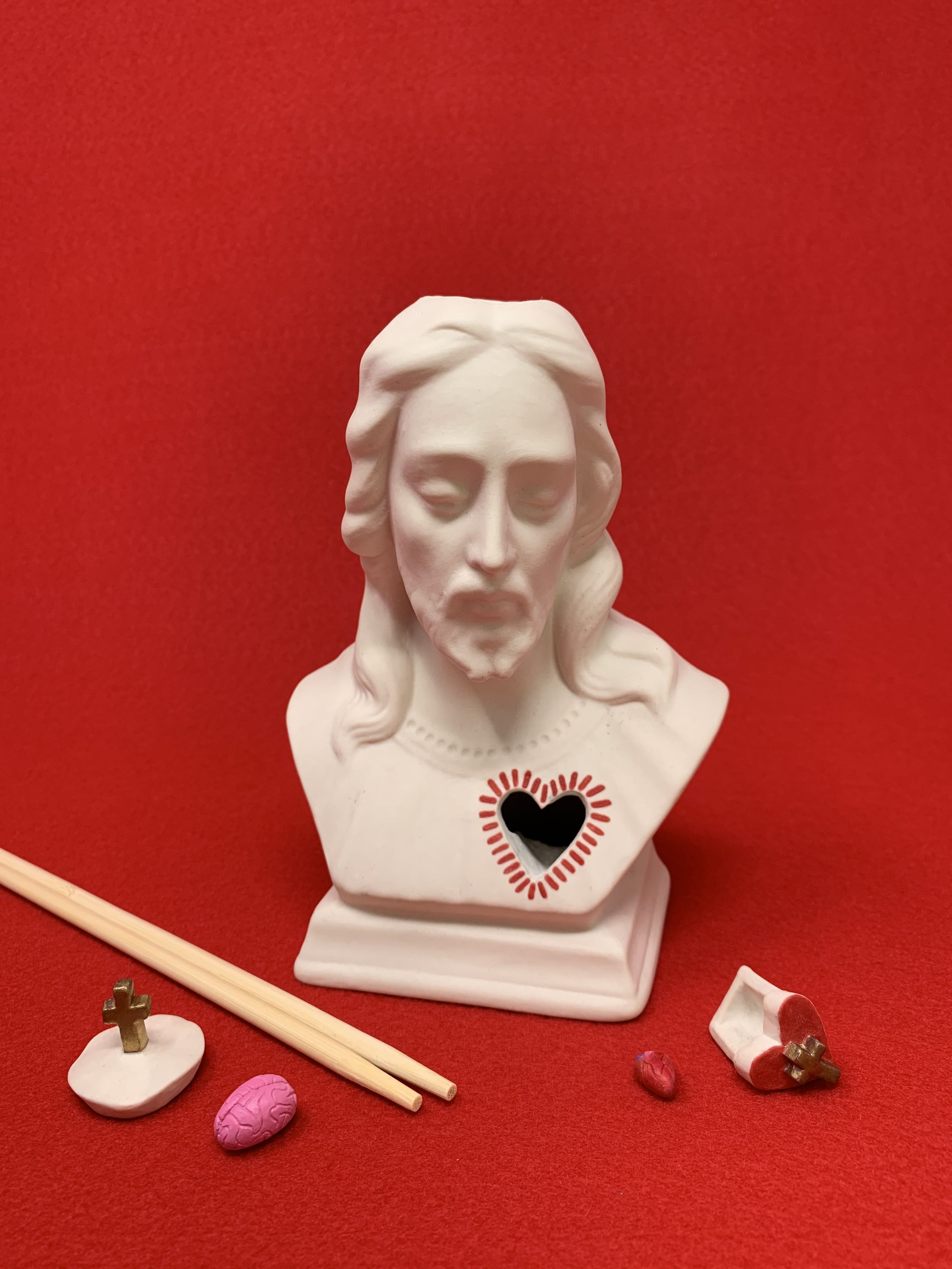
Micah Sweezie, (Please) Pray For Me, 2020, porcelain, underglaze, and gold luster.
Micah Sweezie, (Please) Pray For Me, 2020, porcelain, underglaze, and gold luster.
When they graduate next spring, Sweezie is looking forward to moving back to Vietnam, specifically to Bát Tràng, a ceramics artist community. After living in America for so long, they hope to re-center themselves and learn what it means to practice outside an American institution. They plan to document this transition on and off TikTok as they continue to explore the different ways that capturing their creative process can become its own art (you can follow Sweezie on Instagram here).
Sweezie’s video may not be stereotypical viral content, but this is why they believe it resonated with so many people. “I want my work to be a break from the sensationalism of TikTok,” they shared, “so my followers get a moment to delve into something serious and key into what it means to be human.” ■
{{[http://www.saic.edu/news/students]STUDENTS}} {{[http://www.saic.edu/news/artconnectsus]ART CONNECTS US}}
